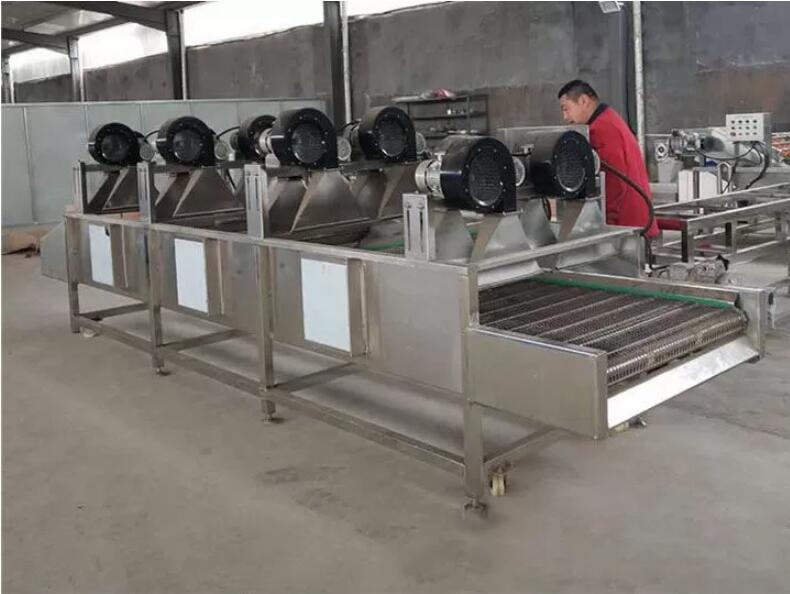
These colorimeters use sensors that simulate the way the human eye sees color and quantify color differences between a standard and a production sample. Tristimulus filter colorimeters are designed to reproduce the “psycho-physical” sensation of the human eye’s view of color.

More information on the Munsell system is available at The color is then identified by its hue, value, and chroma. The color of any surface can be identified by comparing it to the chips under proper illumination and viewing conditions. Munsell established numeric scales with visually uniform steps for each of these attributes. Every color has three qualities or attributes: hue, value, and chroma. The Munsell color-order system is a way of specifying colors and showing the relationships among them.


The systems measure the degree of lightness (L), the degree of redness or greenness (+/-a), and the degree of yellowness or blueness (+/-b). The HunterLab L*,a*,b* and the modified CIE system called CIELAB color scales are opponent-type systems commonly used in the food industry. The system obtains CIE standard-observer curves for the visible spectrum for the tristimulus values which are converted to the unreal primaries X, Y, and Z. It is based on using a standard source of illumination and a standard observer. The CIE system is the most influential system for the description of color. Those most often used in the food industry include the Commission International de l’Eclariage (CIE) system, the Hunter L,a,b system, and the Munsell color solid. A variety of color scales or schemes are used to describe color. The sample cell is then placed against the sphere port in the transmission compartment of an instrument having the common light-sampling sphere geometry of d/8º. Products such as clear juice, soft drink, vegetable oil, and brewed tea are poured into a transmission cell for sampling. Transparent foods are typically liquids or semisolids, such as clear juices, wines, jellies, gelatins, vegetable oil, and soft drinks, are seen wholly by transmitted light. Thus, the path length must be fixed with a fixed white background. The color of a translucent sample will change when the light path length through it is changed. Translucent foods are typically in liquid or semi-solid form, and sampling requires special handling. Translucent foods, such as fruit juices, jams, and custards, are seen partially by reflected light and partially by transmitted light. Often readings are taken at different angles, then averaged. The most difficult aspect of color sampling of opaque foods is the presentation of the sample to the light path. Opaque foods, such as fruit, crackers, corn flakes, cheese puffs, flour, tomato juice, cheese, and meat, are seen wholly by reflected light. Depending on how light acts, food products can be classified as opaque, translucent, or transparent. Because reflected light determines the color of a material, the appearance can change depending on amount of light, the light source, the observer’s angle of view, size, and background differences. When light strikes an object, it is reflected, absorbed, or transmitted. It is bordered by ultraviolet light on the low end and infrared light on the upper end. Visible light is found between 380 and 780 nm in the electromagnetic spectrum.

These include fresh and processed fruits and vegetables, formulated foods, dairy products, meat products, spices and flavors, cereals and grains, oils, syrups, sugar, and beverages. Since visual color judgments can be affected by a wide variety of factors, from plant lighting conditions and angle of observation to individual differences in color perception, instrumentation to measure color provides a subjective and consistent method of color quality control.Ĭolor measurement systems are used to measure a broad range of food products.


 0 kommentar(er)
0 kommentar(er)
